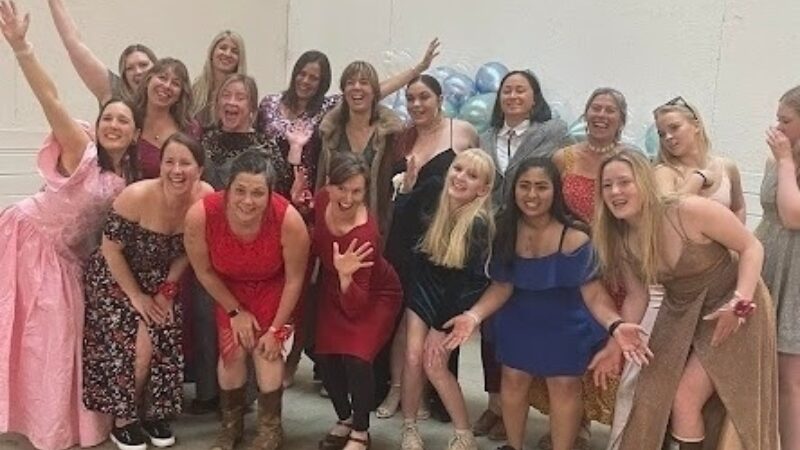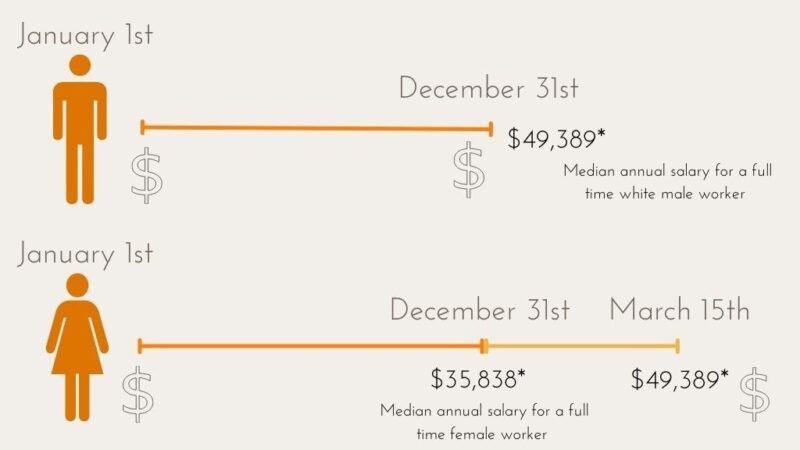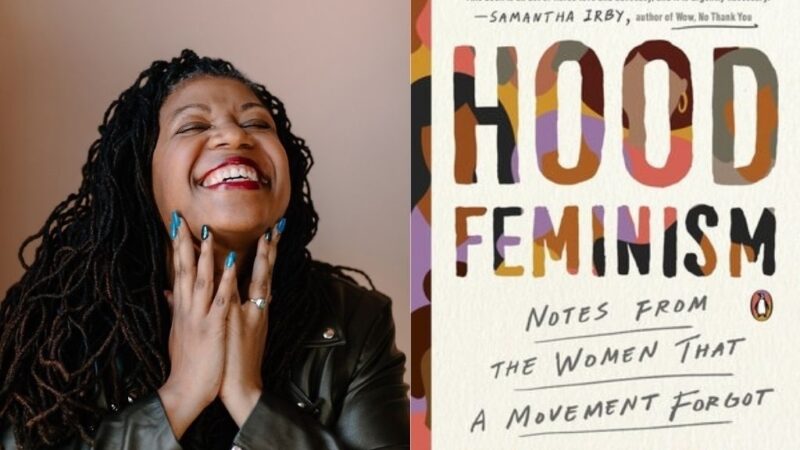PowerHouse Blog
"We are Water Protectors" Indigenous Books for Children of all Ages
November 23, 2021 | By Kelly Curtis
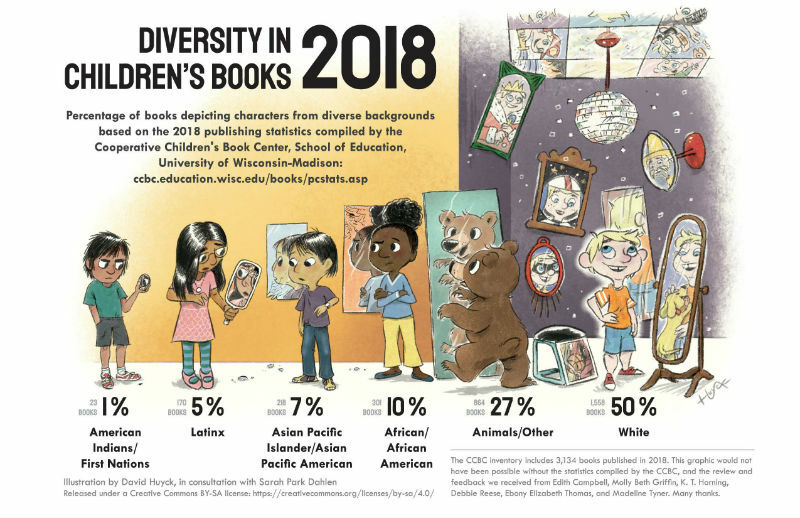
November is Native American Heritage Month, a month to celebrate Indigenous resiliency, joy, history, and culture. In light of the need to celebrate First Nations culture year-round and to round out the month, we have researched and compiled a list of books by Native authors or about Native culture for all age groups, from babies and toddlers to high schoolers.” Indigenous representation in children’s books represented less than 1% of children’s books published in 2018 and, although diversity in books has grown slightly, books that feature and promote white children and animals still make up more than 50% of children’s book protagonists.
If you are looking for ways to teach the children and young people in your life about culture and race, want to financially support Indigenous creators, or hope to help a child or young person take pride in being Indigenous, here are some books recommendations for you.
Books for Babies and Toddlers
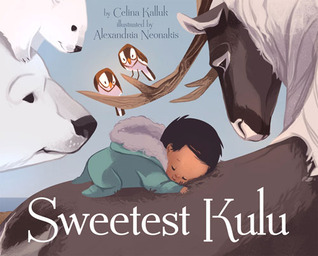
Sweetest Kulu by Celina Kalluk and Illustrated by Alexandria Neonakis
A lullaby book written by Inuit throat singer, Celina Kalluk, this book describes gifts given to a baby by the animals of the Arctic.
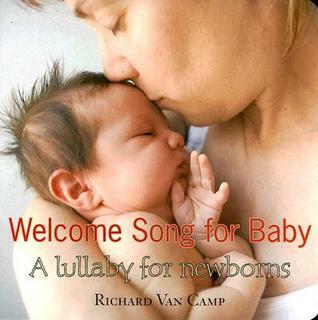
Welcome Song for Baby: A Lullaby for Newborns by Richard Van Camp
This book by Richard Van Camp, a well-known First Nations storyteller, is a beautiful lullaby for newborns and babies complete with photographs of babies and their mothers.
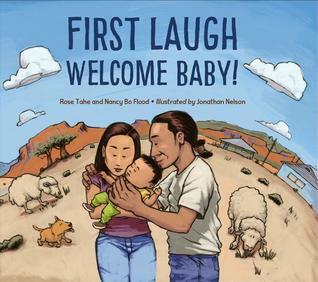
First Laugh: Welcome Baby by Rose Ann Tahe
This book details the welcome of a new baby into Navajo life and culture and shares Navajo names for family members like Cheii for Grandfather and Nima for Mom. It shares the cultural celebration of trying to make the newest member of the family laugh for the first time and includes information in the back of the book on other new baby ceremonies in other cultures.
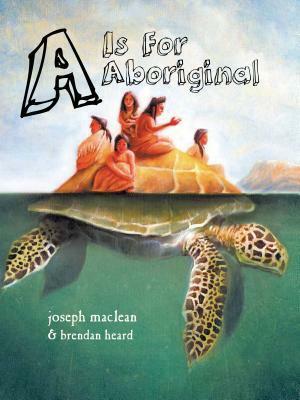
A is for Aboriginal (First Nations Reader) By Joseph Maclean and Brendan Heard
Good for a young child just learning the alphabet, this book details names, places, and cultural practices of Aboriginal people for each letter of the alphabet. The book’s cover is also a reference to the fact that North America is referred to as Turtle Island by First Nations people.
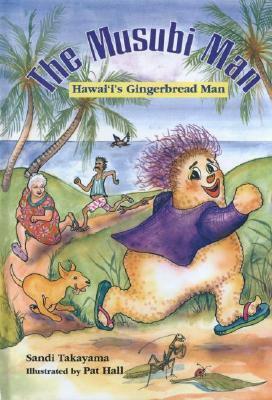
The Musubi Man: Hawaii’s Gingerbread Man Man by Sandi Takayama
In a retelling of the classic Gingerbread man tale, this book uses a classic Hawaiian snack of spam in between rice and wrapped in seaweed. This book is a fun take on the classic and can start a conversation with young children about how their comfort food or snacks are different depending on the culture they are in.
Other books
In my Anaana’s Amautik by Nadia Sammurtok
A story as told through the eyes of a child in an amautik- the pouch in the back of a mother’s parka used to carry a child.
When we are Kind by Monique Gret Smith
A book to help celebrate acts of kindness with young children from author Monique Gray Smith who writes books on reconciliation and resistance for young readers.
Books for Kindergarten and Early Elementary School
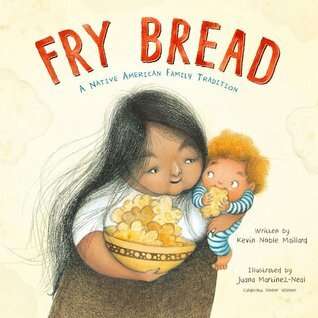
Fry Bread: A Native American Family Story by Kevin Noble Millard
Fry Bread is a common food across different Indigenous communities in America. The book Fry Bread, written by author Kevin Noble Millard, an Afro-Indigenous man (Mekusukey Band of the Seminole Nation), covers the cultural significance of food and what traditions look like in modern Native families.
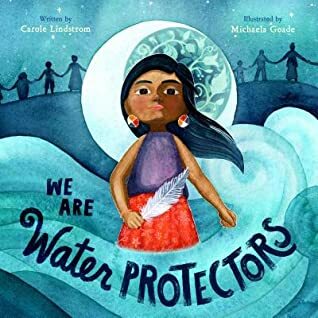
We are Water Protectors by Carole Lindstrom and Illustrated by Michaela Goade
We are Water Protectors is a great way of introducing the importance of environmental protection and Indigenous land stewardship to a young child through a story inspired by the protests at Standing Rock.
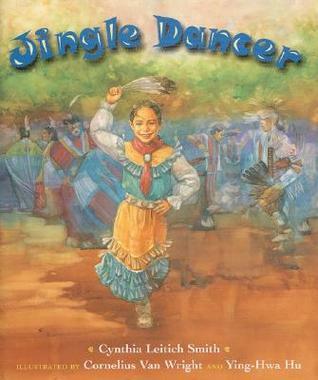
Jingle Dancer by Cynthia Leitich Smith with Illustrations by Ying-Hwa Hu and Cornelius Van Wright
Jingle Dress shares the story of a young Native American girl who connects to her wider community and her family through the practice of jingle dancing. A great book to talk about traditional dances, traditional clothing, and passing culture onto young people.
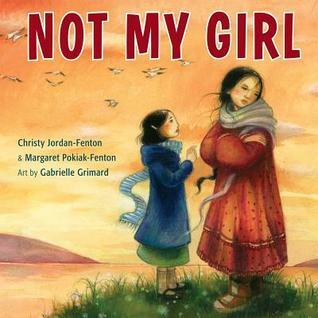
Not My Girl by Christy Jordan-Fenton, Margaret Pokiak-Fenton, Illustrated by Gabriele Grimard
Based on the memoir Not My Girl, this book by Margaret Pokiak-Fenton makes the memoir accessible for young children and is about the trauma and difficultly of returning home after being at a residential school- and the sense of unfamiliarity and loss it creates. Using the protagonist’s struggle to belong and realign herself in her family and community structure provides a way for parents or adult figures to explain the impact of residential schools in an age-appropriate manner.
Other books
Birdsong by Julie Flett
A sweet story involving a young girl making friends with an elderly female neighbor after moving to a new town. Taking place over the seasons and mixed in with Cree words, it is a beautiful story about love and friendship.
Hiawatha and the Peacemaker by Robbie Robertson illustrated by David Shannon
A story about the Mohawk legend, Hiawatha, who translated a message from the Peacemaker and helped create unity between the five Iroquois nations over the course of the 14th century. This unity, which went on to create what is considered North America’s first democracy, was the inspiration behind parts of the U.S Constitution.
Hawaiian Legends for Little ones: Naupaka Hina, Maui Hooks the Islands, and Pele finds a Home by Gabrielle Ahuli’i
Hawaiian Legends for Little Ones is a series for early readers that introduces them to Hawaiian legends and history about the state of Hawaii.
Books for Upper Elementary School and Middle Schoolers
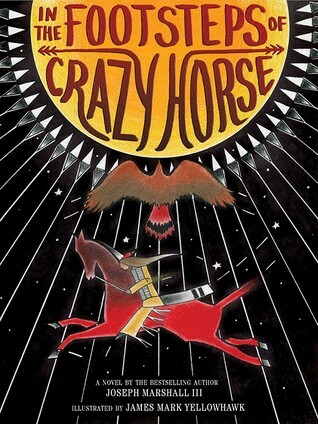
In the Footsteps of Crazy Horse by Joseph Marshall III Illustrated by James Mark YellowHawk
A story about a mixed-race Lakota boy named Jimmy McClean who learns more about his Lakota heritage when he joins his grandfather Nyles High Eagle on a journey. Inspired by the oral traditions of Lakota storytelling, the reader will learn both about Tasunke Witko, or Crazy Horse, and Jimmy’s own story.
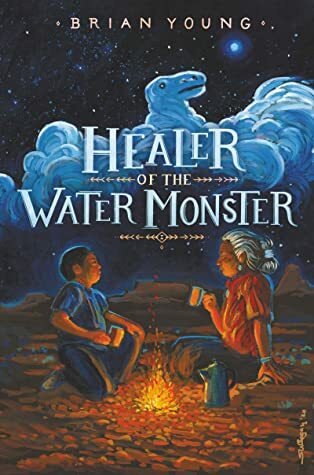
Healer of the Water Monster by Brian Young
Healer of the Water Monster is a story about a young man named Nathan who is visiting his grandmother Nali over the summer on the Navajo Nation. One night, Nathan becomes lost in the desert and discovers a Water Monster, a sacred creature from the Navajo Creation Story. The story follows Nathan’s journey of helping save the Water Monster and connecting with his family and heritage along the way.
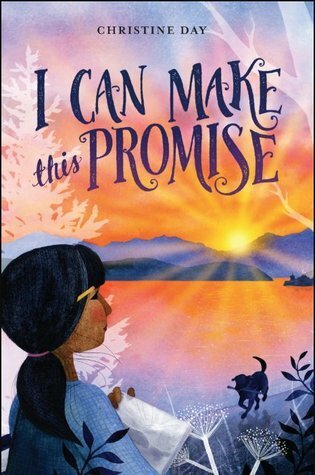
I Can Make This Promise by Christine Day
I Can Make This Promise tells the story of a girl named Edie who discovers letters from the birth mother of her mom, who was adopted by a white couple, and Edie’s new understanding of her Native American identity. A story that serves as a great conversation point about the often painful and traumatic history of Indigenous adoptees and white families, it is another great novel to discuss racism and Indigenous history with a middle school level reader.
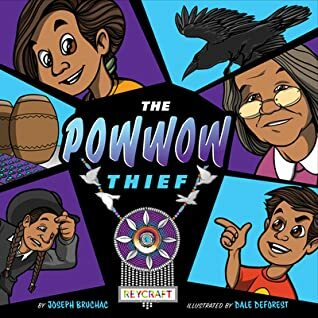
The Powwow mysteries-The Powwow Thief by Joseph Bruchac, Illustrated by Dale Deforest
A first in a series of middle school reader graphic novels, the “Powwow Thief” follows twins, Jamie and Marie Longbow, who are traveling to different powwows with their grandparents selling jewelry. A one-of-a-kind necklace goes missing and Marie and Jamie use their sleuthing skills to help find it.
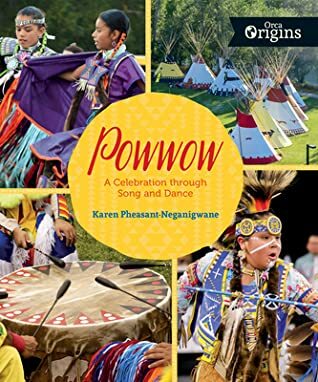
Powwow: A Celebration Through Song and Dance by Karen Pheasant-Naganigwane
Powwow: A Celebration Through Song and Dance is an educational book that takes its reader through the history of powwow and powwow culture in North American to what it looks like today. Written by a long-time competitive powwow dancer, this book will tell readers about food, regalia, songs, and protocols found at powwows and the importance they play in Indigenous culture.
Other Books
The Barren Grounds by David A Robertson
This story follows Morgan and Eli who are Indigenous children forced into a foster home in Winnipeg, Manitoba. Feeling disconnected from their new place, they struggle to fit in until finding a portal to Aski and meeting a hunter named Ochek, the only hunter supporting his starving community. The children join him on a mission to save themselves and the community before winter freezes over.
Speaking Our Truth by Monique Gray Smith
Speaking Our Truth details the long history of colonization and the residential school system, and their impacts, in Canada as well as the effort that healing and repairing take for First Nations communities. Readers within this book hear stories from Survivors and learn about the Canadian Truth and Reconciliation Commission and what it means to have a good allyship with Indigenous peoples.
Sisters of the Neversea by Cynthia Leitich Smith
Sisters of the Neversea is an updated retelling of the classic Peter Pan fairytale only with the story being told from an Indigenous perspective and the criticisms of the original fairytale written for middle readers to interpret and analyze for themselves. The story follows English Wendy, stepsister to Lily (Muscogee Creek), as they are whisked off to Neverland. It includes added depth to the Peter and Tinkerbell storyline and commentary on Pan’s mistreatment of the Native people present in the original fairytale.
A Girl Called Echo by Katherena Vermette
The first in the book series, A Girl Called Echo: Pemmican Wars, is a graphic novel following a 13-year-old Metis girl, separated from her mother and struggling to find her place in home and school. She is transported between the present and old Metis history to experience what it was like to live during the Pemmican Wars.
Blue Skin of the Sea by Graham Salisbury
Intertwined stories are mixed in this coming-of-age book about a boy named Sonny Mendoza who lives in the Hawaiian fishing village of Kailua-Kona. The story explores Sonny’s life, his relationships with the men and women of his family, and his relationship and the Hawaiian relationship to the water.
Books for High Schoolers
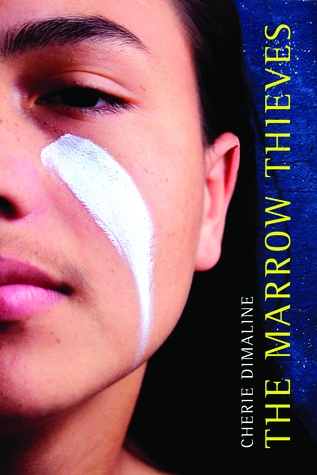
The Marrow Thieves by Cherie Dimaline
In a future world with intense climate change, people have lost their ability to dream and dreamlessness has led to madness. Only Indigenous people of North America can still dream and their bone marrow, which holds the key to dreams, is being hunted by “recruiters” who want to bring Indigenous people to factories to harvest the marrow and thus lead to death. The novel follows a fifteen-year-old boy and his friends as they flee from “recruiters”, trying to find loved ones. Written by Metis author, Cherie Dimaline, the novel was declared YA book of the year in 2017 by TIME and is one of Dimaline’s six novels.
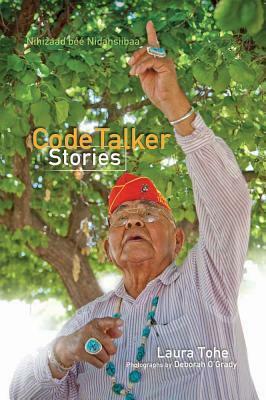
Code Talker Stories by Laura Tohe
This non-fiction book is written in both Navajo and English by Laura Tohe, the daughter of a Code Talker, who interviewed many of the original Navajo code talkers who were World War II Veterans and instrumental in helping guard U.S plans from the Axis powers. Sharing the stories of war and also of the effects of war, this book is amazing for learning about the stories older generations had and the modern contributions of Indigenous people during wartimes.
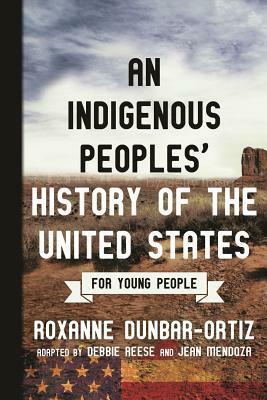
An Indigenous People’s History of the United States for Young People by Roxanne Dunbarr-Ortiz
Roxanne Dunbarr-Ortiz’s book spans over 400 years of U.S history, moving far beyond what is taught in most history books to dissect the myth of “discovery” to explain colonialism and neo-colonialism policies and the genocide and residential schools ran in the U.S. This is an adapted novel by curriculum experts Debbie Reese and Jean Mendoza to be the perfect book for teachers, students, and readers.

Apple: Skin to the Core by Eric Gansworth
In this young adult memoir, Eric Gansworth tells the story of his lived experience as an Onondaga family living among Tuscarora, the legacy of residential schools, and the slur in Native communities of someone “red on the outside, white on the inside,” and how he reclaims this word and narrative.
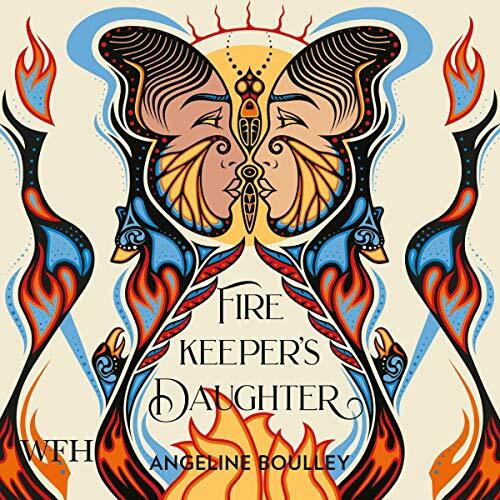
Firekeeper’s Daughter by Angeline Boulley
This novel follows Daunis Fontaine, a biracial and unenrolled tribal member who feels as though she does not fit in either in her hometown or in the Ojibwe reservation. She desires to study medicine but has to put her dreams on hold when tragedy strikes her family. “The only bright spot is meeting Jamie, the charming new recruit on her brother Levi’s hockey team. Yet, even as Daunis falls for Jamie, certain details don’t add up and she senses the dashing hockey star is hiding something. Everything comes to light when Daunis witnesses a shocking murder, thrusting her into the heart of a criminal investigation. Reluctantly, Daunis agrees to go undercover, but secretly pursues her own investigation, tracking down the criminals with her knowledge of chemistry and traditional medicine. But the deceptions—and deaths—keep piling up and soon the threat strikes too close to home.” For those who have teens in your life who are a fan of mysteries, this would make a great read.
Other Books
I Will See You Again by Lisa Bolvin
A graphic novel about grief, the author tells the reader about her brother’s death overseas, the relationship they had together, and the Dene traditions that provide her comfort and strength. A good novel for those who want to explore the relationship between healing, tradition, and family.
#NotYourPrincess: Voices of Native American Women by Lisa Charleyboy and Mary Beth Leatherdale
#NotYourPrincess is a book with photographs, art, poems, essays, and interviews about the unique experiences of being a Native woman and the beauty and pain that is involved. This book is powerful not only for young Native girls and women but also for non-native teenagers who should understand the relationship stereotypes and violence by non-natives have on Native women’s lived experiences. It is a book written for and by Indigenous women’s power.
The Night Wanderer: A Graphic Novel by Drew Hayden Taylor illustrated by Michael Wyatt
A modern and Indigenous retelling of a classic vampire novel, the book story is described as “Newcomers to the Otter Lake native reserve don’t go unnoticed for long. So it’s no surprise that 16-year-old Tiffany’s curiosity is piqued when her father rents out her room to a complete stranger. But little do Tiffany, her father, or even her insightful Granny Ruth suspect the truth about their guest. The mysterious Pierre L’Errant has a dreadful secret. After centuries roaming Europe as a brooding vampire, he has returned home to reclaim his Native roots before facing the rising sun and certain death.” For those who have teenagers who have exhausted the vampire section of the bookstore or who are looking for a vampire novel without white protagonists, this could be the book for them.
Spílexm: A Weaving of Recovery, Resilience, and Resurgence by Nichla I. Campbell
In the Nłeʔkepmxcín language, spíləx̣m are remembered stories, often shared over tea in the quiet hours between Elders. This memoir, centered in British Columbia, shares an Indigenous women’s journey to healing and overcoming colonial trauma, and adversity to move towards traditional healing.

